Analysis: CAS vs Alberto Contador
The rules of probability and whether Contador cheated
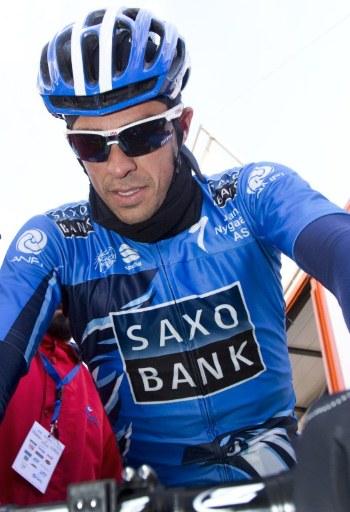
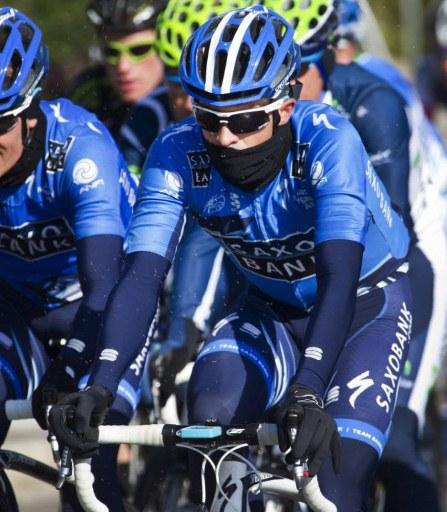
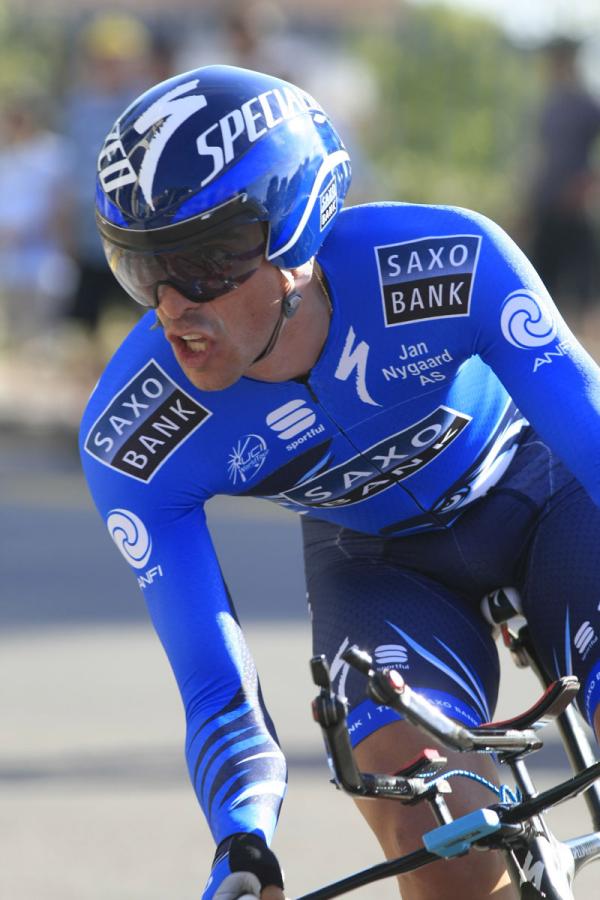
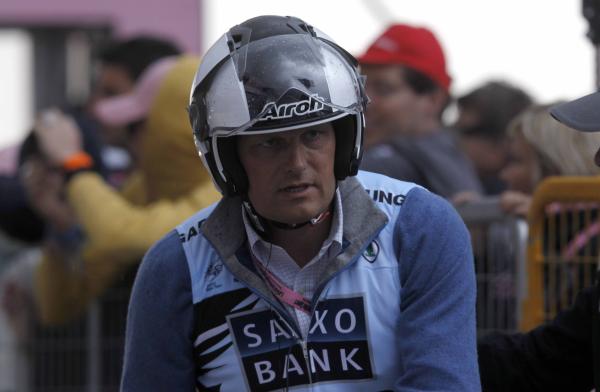
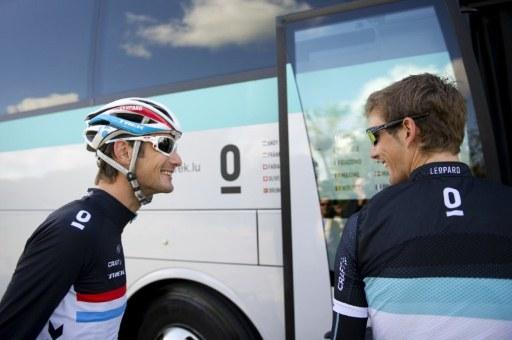
Monday's decision by the Court of Arbitration for Sport to ban Alberto Contador for two years, after his positive test at the 2010 Tour de France, was the maximum punishment available.
Cyclingnews' complete coverage of Alberto Contador's Clenbuterol case
CAS sanction Contador with two year ban in clenbuterol case
Contador to line up in Mallorca
Contador flying home to await CAS decision
UCI confirms CAS decision to ban Contador
Contador: CAS to rule on 2.4 million Euro fine later
In other words, they couldn't have come down harder on him. For this reason alone it should be seen as decisive and definitive. Yet for many it will seem inconclusive and ambiguous, and therefore unsatisfactory. It is even possible that, in the eyes of some, the only relevant question - did Contador cheat during the 2010 Tour? - remains unresolved.
In one sense, that fundamental question does remain unresolved. Strictly speaking, Contador can be said to have been found guilty not of doping, but of probably doping. As the CAS report notes, the panel's task was to decide which of three possible explanations - that Contador ate contaminated meat; that he ingested food supplements containing clenbuterol; that he had an illegal blood transfusion - was "most likely to have caused the positive test" (or least likely).
Probably is certainly less satisfactory than definitely. But, in this particular case, it is as conclusive as it was ever going to be, for the simple reason that 'balance of probability' is all that we have when the cow in question has long since passed away, and indeed passed through the digestive systems of Contador and seven of his Astana team-mates.
Contador rejected the alternative explanations - the possibility of contaminated food supplements or an illegal blood transfusion - put forward by the UCI and WADA. He argued that the clenbuterol was in his system because he ate contaminated meat, and that the presence of the clenbuterol in the cow was demonstrated simply by the presence of the clenbuterol in his system.
You follow? Furthermore, this could not be disproved, said Contador's team, because the cow identified as the most likely source was not tested either before or after slaughter (in common with 99.98 percent of cows).
Aha, said the prosecution, but the chance of a cow farmed in Europe being contaminated with clenbuterol at a level capable of being detected in Contador's urine was a mere 0.0042 percent. WADA described the possibility of Contador having ingested clenbuterol by eating steak as "vanishingly thin."
Get The Leadout Newsletter
The latest race content, interviews, features, reviews and expert buying guides, direct to your inbox!
The same could be said of Contador's defence, since the contaminated meat explanation is all he offered. In fact, if you read the 98-page CAS report, it seems fairly conclusive in determining that Contador cheated.
So why the ambiguity, and why will so many continue to believe that Contador is a victim of the system?
There are perhaps three explanations. The first is because the case dragged on so long, thus helping to create the impression that it was not clear cut: an impression that can only have played in Contador's favour.
The second is that Contador has carried on racing and winning, and even, as at last year's Tour de France, losing - in the process gaining himself some sympathy and restoring his reputation even while (or perhaps in part because) the sword of Damocles hung over his head.
Finally, there is the strange back-dating of the ban. If Contador, who raced in Mallorca on Sunday, has been suspended for two years, then how is it that he will be back in six months?
The first is the fundamental point. The fact that it took 565 days, from his positive test on the second rest day of the 2010 Tour, to Monday's ruling, kicked up clouds of confusion and obfuscation.
The first delay, from the test to the official announcement in late September, invited suspicion. When other riders' positive tests have been known almost immediately, why was Contador's kept a secret for so long?
The CAS report goes some way to explaining, noting that the UCI and WADA launched their own investigation to determine why the concentrations of clenbuterol in his system were so low, why the samples collected before 21 July (the day of the first positive test) were clear, and also "to find out whether other anti-doping violations [were] committed."
This may be enough to satisfy most conspiracy theorists, not least because it might, in the end, have helped to convict Contador. In the end, the blood transfusion theory was thought by the panel to be as likely (or unlikely) as Contador's contaminated meat theory, and they settled on a food supplement as the most likely (or least unlikely) source of the clenbuterol. The report notes that Contador took "considerable amounts" of supplements.
But the blood transfusion theory may have helped swing it. The panel rejected Contador's criticism that the blood transfusions line of enquiry was unacceptable, and they heard, at considerable length and in considerable detail, the arguments, including the unexplained fluctuations in Contador's blood parameters and the "extremely high concentration of phthalates (or plasticisers) found in Contador's sample on 20 July"; a concentration, suggested Hans Geyer of the Cologne lab, "consistent with a concentration found after a blood transfusion."
In the end, though, the Contador case has merely demonstrated that a founding principle of anti-doping remains. The burden of proof lies with the athlete. It was not up to the sporting authorities to prove that Contador had doped; it was up to Contador to prove that he had not. He failed to do that. The only possible verdict was guilty. Shame it took 565 days to reach it.
Richard Moore is a freelance journalist and author. His first book, In Search of Robert Millar (HarperSport), won Best Biography at the 2008 British Sports Book Awards. His second book, Heroes, Villains & Velodromes (HarperSport), was long-listed for the 2008 William Hill Sports Book of the Year. He writes on sport, specialising in cycling, and is a regular contributor to Cyclingnews, the Guardian, skyports.com, the Scotsman and Procycling magazine.
He is also a former racing cyclist who represented Scotland at the 1998 Commonwealth Games and Great Britain at the 1998 Tour de Langkawi
His next book, Slaying the Badger: LeMond, Hinault and the Greatest Ever Tour de France, will be published by Yellow Jersey in May 2011.
Another book, Sky’s the Limit: British Cycling’s Quest to Conquer the Tour de France, will also be published by HarperSport in June 2011.